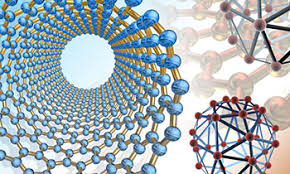Mechanical and Materials Engineering, Department of

Department of Mechanical and Materials Engineering: Faculty Publications
Document Type
Article
Date of this Version
2018
Citation
Mahdieh Khedmati, Yong-Rak Kim, Joseph A. Turner, Hani Alanazi, Charles Nguyen, An integrated microstructural-nanomechanical-chemical approach to examine material-specific characteristics of cementitious interphase regions. The address for the corresponding author was captured as affiliation for all authors. Please check if appropriate. Mtl(2017), https://doi.org/10.1016/j.matchar.2018.01.045
Abstract
Effective properties and structural performance of cementitious mixtures are substantially governed by the quality of the interphase region because it acts as a bridge transferring forces between aggregates and a binding matrix and is generally susceptible to damage. As alternative binding agents like alkali-activated precursors have obtained substantial attention in recent years, there is a growing need for fundamental knowledge to uncover interphase formation mechanisms. In this paper, two different types of binding materials, i.e., fly ash-based geopolymer and ordinary portland cement, were mixed with limestone aggregate to examine and compare the microstructures and nanomechanical properties of interphase region. To this end, microstructural characteristics using scanning microscopies, nanomechanical properties by nanoindentation tests, and spatial mapping of chemical contents based on the energy dispersive spectroscopy were integrated to identify and investigate the interphase region formed by the case-specific interactions between the matrix materials and limestone. The integrated microstructural-nanomechanicalchemical approach was effective to better understand links between material-specific properties of cementing phases. More specifically, the fly ash-based geopolymer paste was usually well bonded to the aggregate surface with a rich formation of NA- S-H gel, while interfacial debonding was often observed between aggregate surface and paste in ordinary portland cement concrete. However, when a good bonding between aggregate and paste is formed, interphase region in PCC didn’t show any considerable difference in nanomechanical properties compared to the bulk paste.
Included in
Mechanics of Materials Commons, Nanoscience and Nanotechnology Commons, Other Engineering Science and Materials Commons, Other Mechanical Engineering Commons

